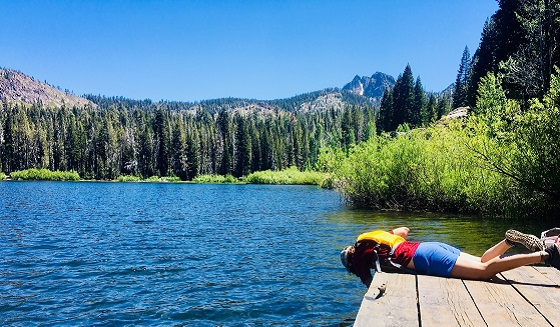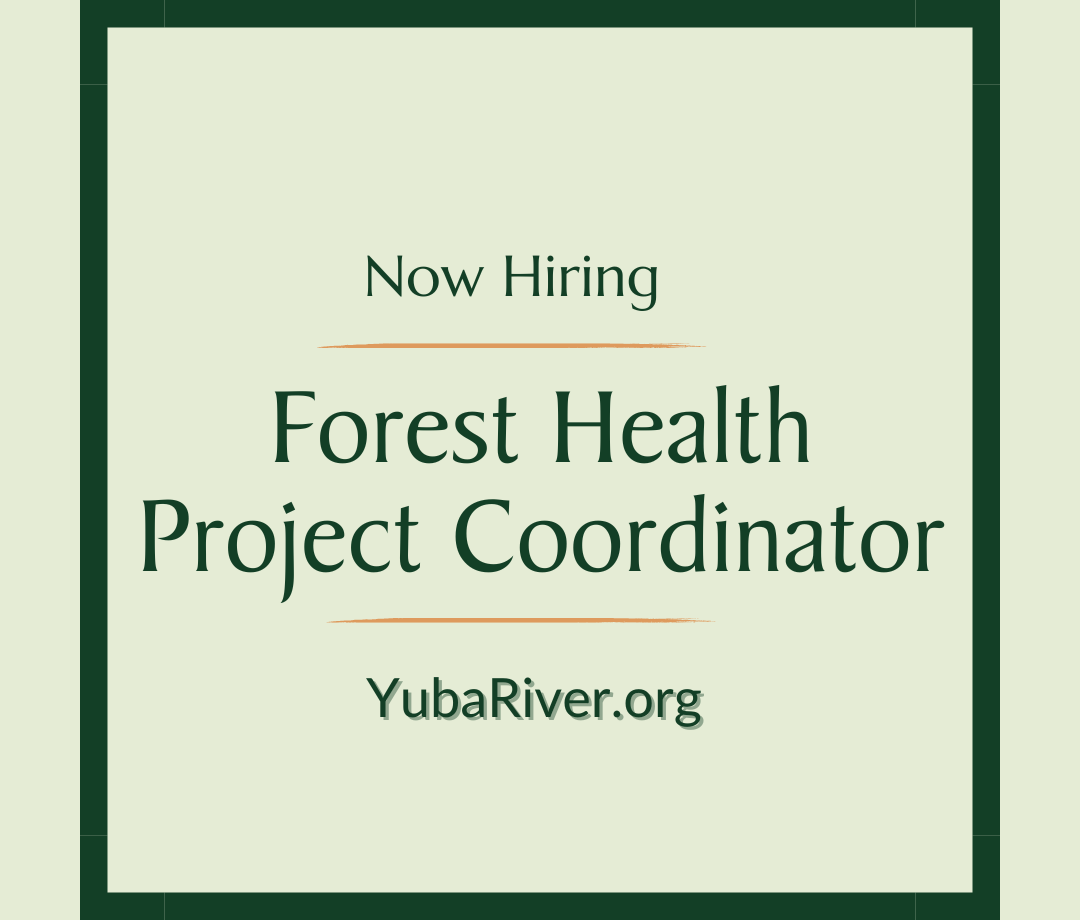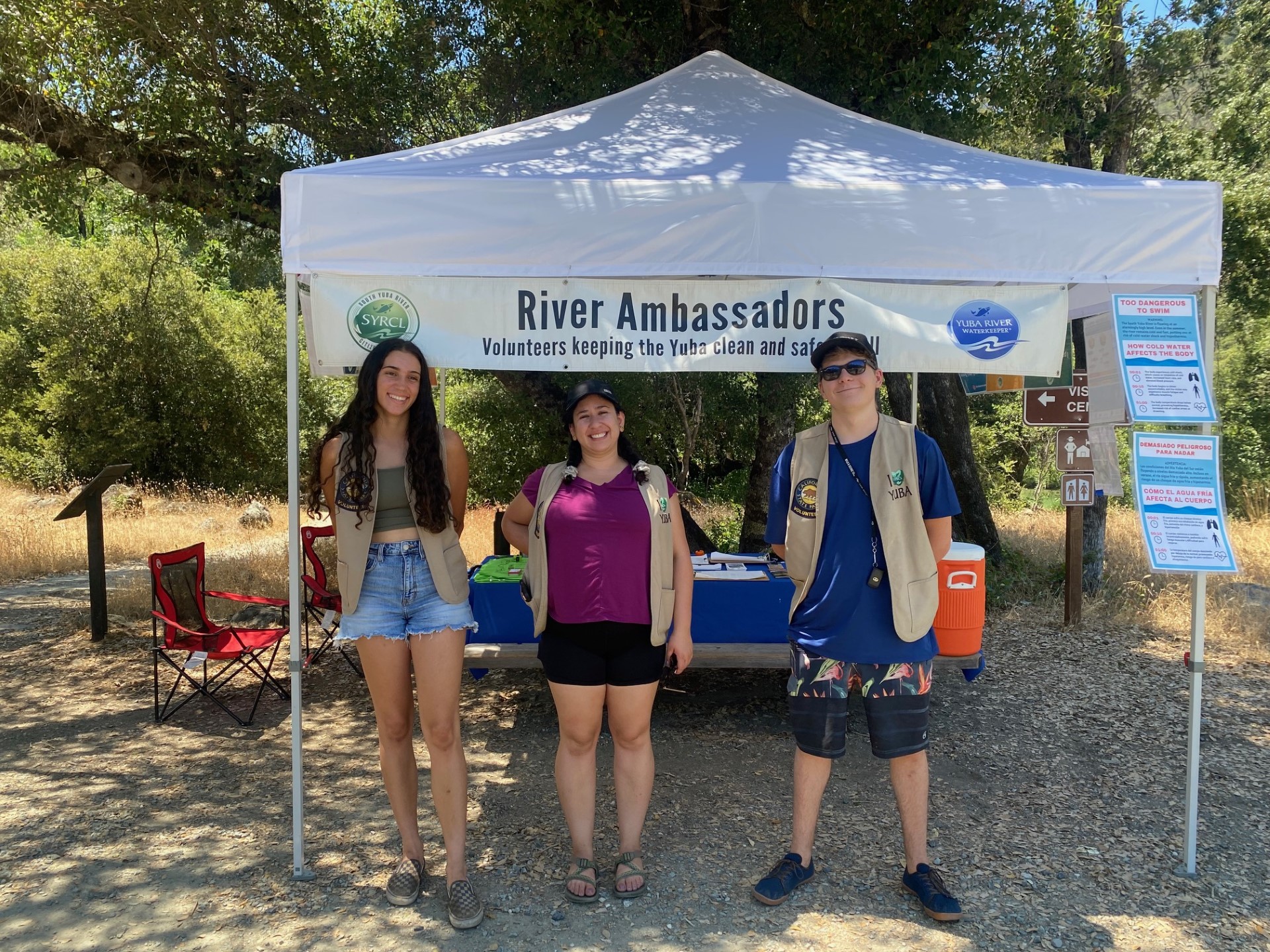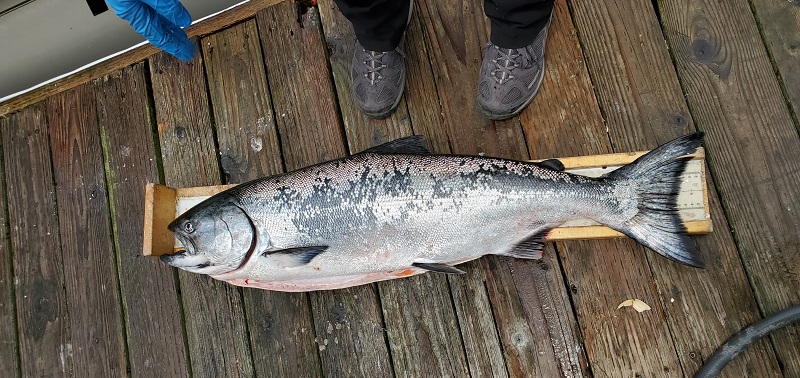New Reservoir Assessment for Invasive Mussels
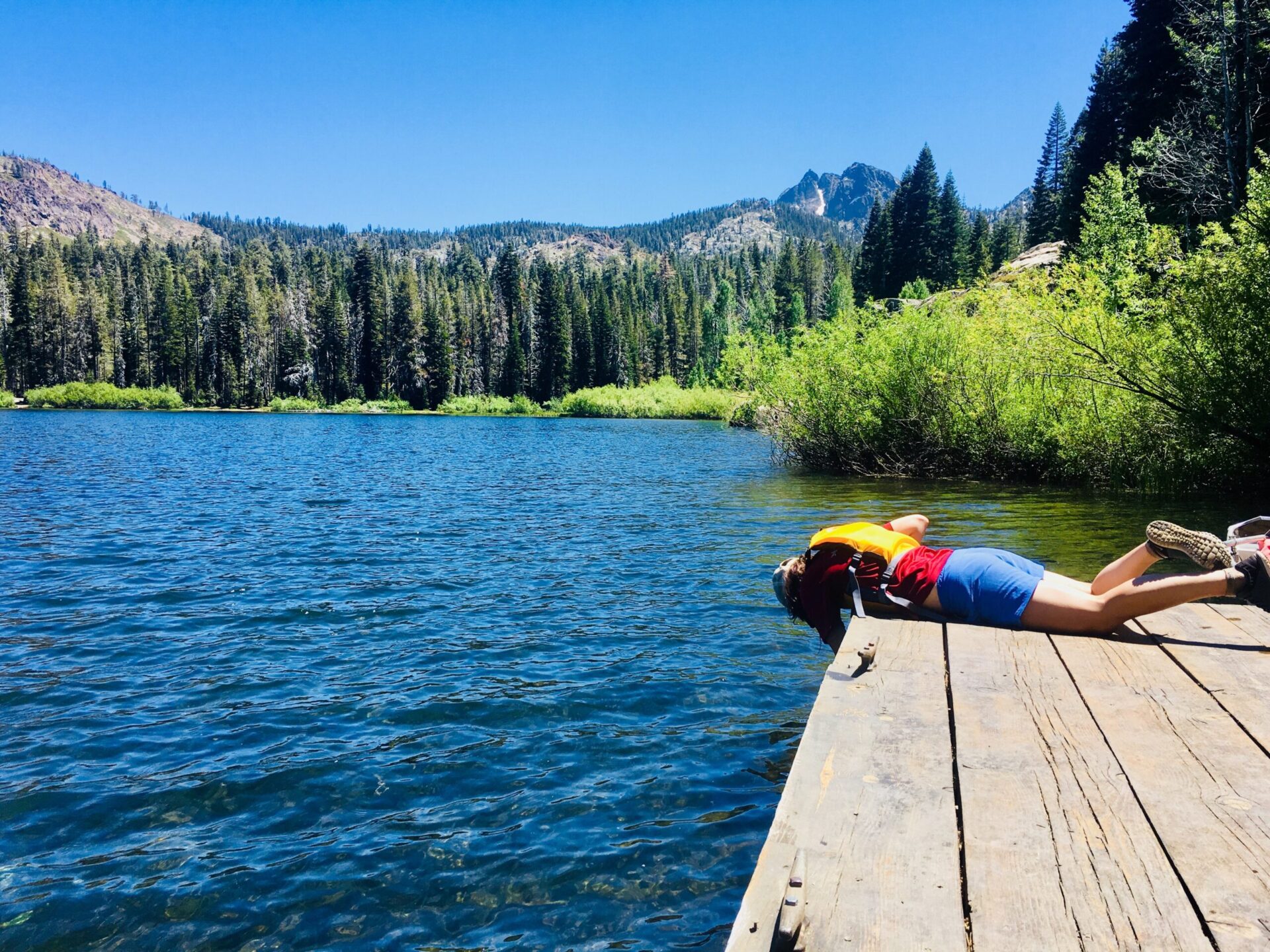
The vast majority of North America has been infested by zebra and quagga mussel, including parts of southern California. These mussels have profound impacts to aquatic ecosystems and cause a variety of problems. In partnership with Tahoe National Forest, SYRCL has received a grant from the CA Department of Boating and Waterways to conduct a vulnerability assessment, collect recreational boater surveys at local reservoirs, and develop a prevention plan for keeping our reservoirs free of infestation.
This assessment, survey and prevention project will include eight reservoirs owned and managed by the Yuba District in the Tahoe National Forest to include: Upper Sardine, Lower Sardine, Upper Salmon, Lower Salmon, Deer, Snag, Packer, and Weaver Lake.
The vulnerability assessment will include extensive water quality sampling for all eight reservoirs. The California Department of Water Resources developed a method for predicting mussel survival based on water quality parameters, which calls out elevated calcium levels as indicators of high risk. Parameters to be sampled include water temperature, pH, specific conductivity, dissolved oxygen, total hardness, calcium, magnesium, total phosphorus, alkalinity and salinity. The data will be analyzed to determine if water quality could support the successful establishment of invasive mussel populations within each reservoir. In addition, surface surveys will be performed for potential mussel infestations around inlets, outlets, docks, boat ramps and coves.
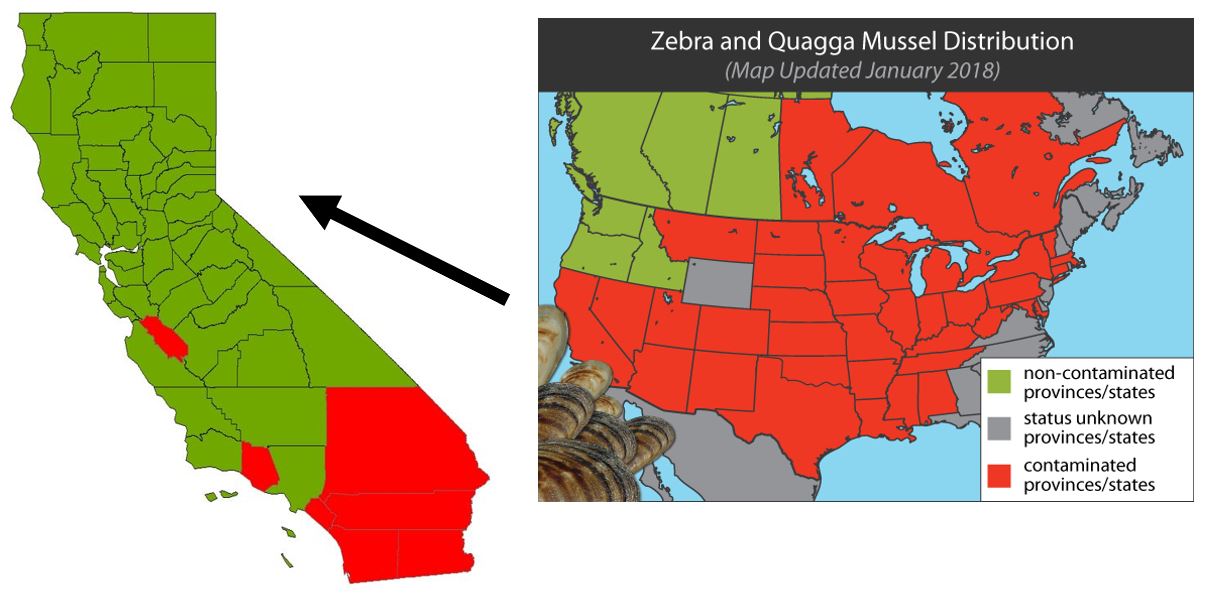

The invasive zebra and quagga mussel that have taken over water bodies across North America and parts of southern California have profound impacts to aquatic ecosystems and cause a variety of problems including, but not limited to:
- Drastically altering food webs, affecting spawning areas and decreasing biodiversity.
- Increasing costs associated with maintaining infrastructure related to power generation, sewage and water facilities.
- Damaging shoreline property and equipment.
- Affecting recreational quality by cutting swimmers with sharp shells.
If you are a Yuba River lover please follow CLEAN, DRAIN, DRY protocols for your equipment:
REMOVE plants, animals & mud from gear, boat, trailer & vehicle before leaving the waterbody.
CLEAN your gear before entering & leaving the recreation area.
DRAIN bilge, ballast, wells & buckets before you leave the area.
DRY equipment before launching into another body of water.
DISPOSE of unwanted bait in the trash.
WAIT before launching into different fresh waters.
Additionally, if you are a recreational boater at Upper Sardine, Lower Sardine, Upper Salmon, Lower Salmon, Deer, Snag, Packer, or Weaver Lake, please fill out our survey.
Watercraft Survey
Did you enjoy this post?
Get new SYRCL articles delivered to your inbox by subscribing to our ENews.

